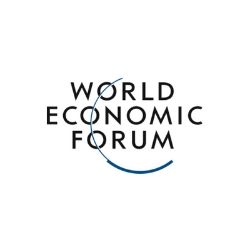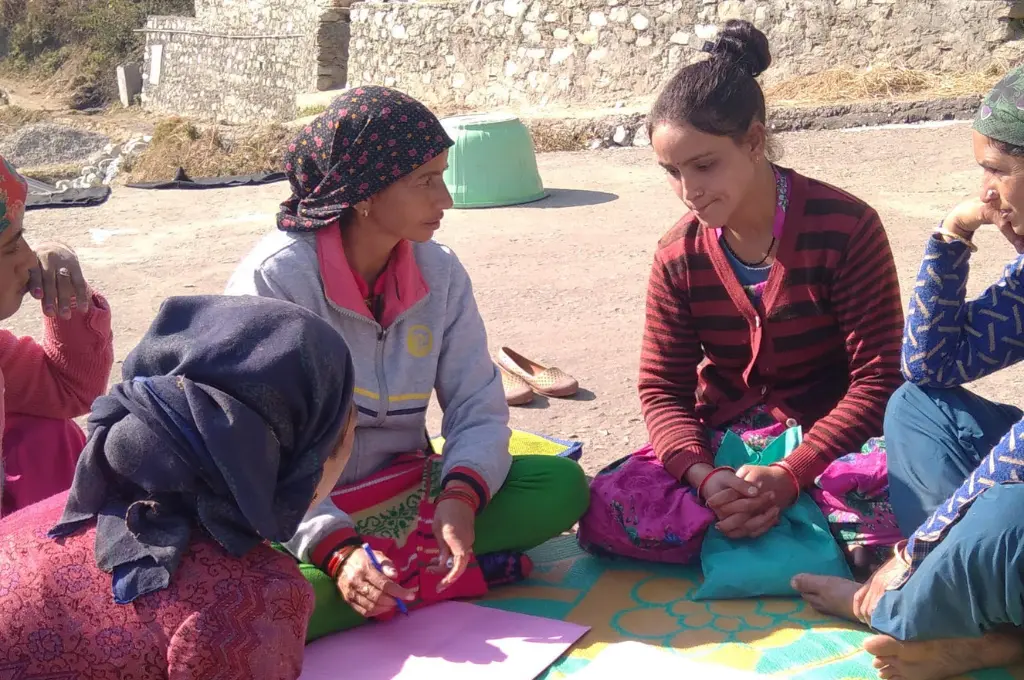Back in the early 1970s, artist John Baldessari did The Pencil Story. As he explained, his pencil was producing blurry and indistinct lines, but he revived it by sharpening it. He paid closer attention to what he had been paying attention to for a long time—and this time, he acted on it. This time, he felt compelled to sharpen it.
In the uncertain times we live in, we must sharpen our pencils in the spirit of John Baldessari. As we seek to mend and re-invent our broken systems, we can also take inspiration from Lucille Clerk’s work, Yesterday – Today – Tomorrow, which Clerk tweeted in 2015 with the caption, “break one, thousand will rise”.
This is an excerpt from the article Two rhythms and a sharpened pencil: how art can help us heal and make sense of the world by Hrund Gunnsteinsdottir.
This article is a part of a special series on the connection between inner well-being and social change, in partnership with The Wellbeing Project, Stanford Social Innovation Review, Schwab Foundation at the World Economic Forum, and Skoll Foundation.





